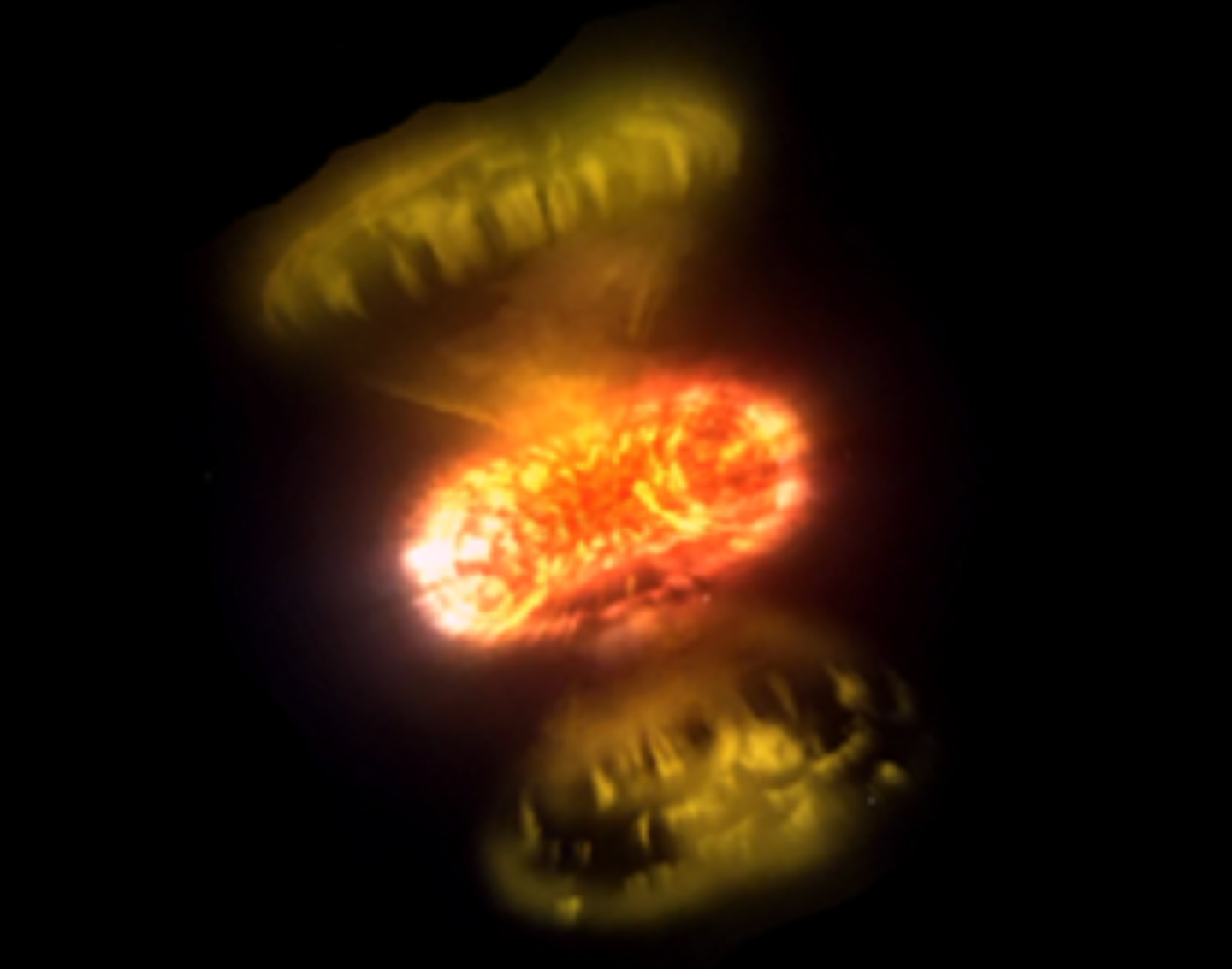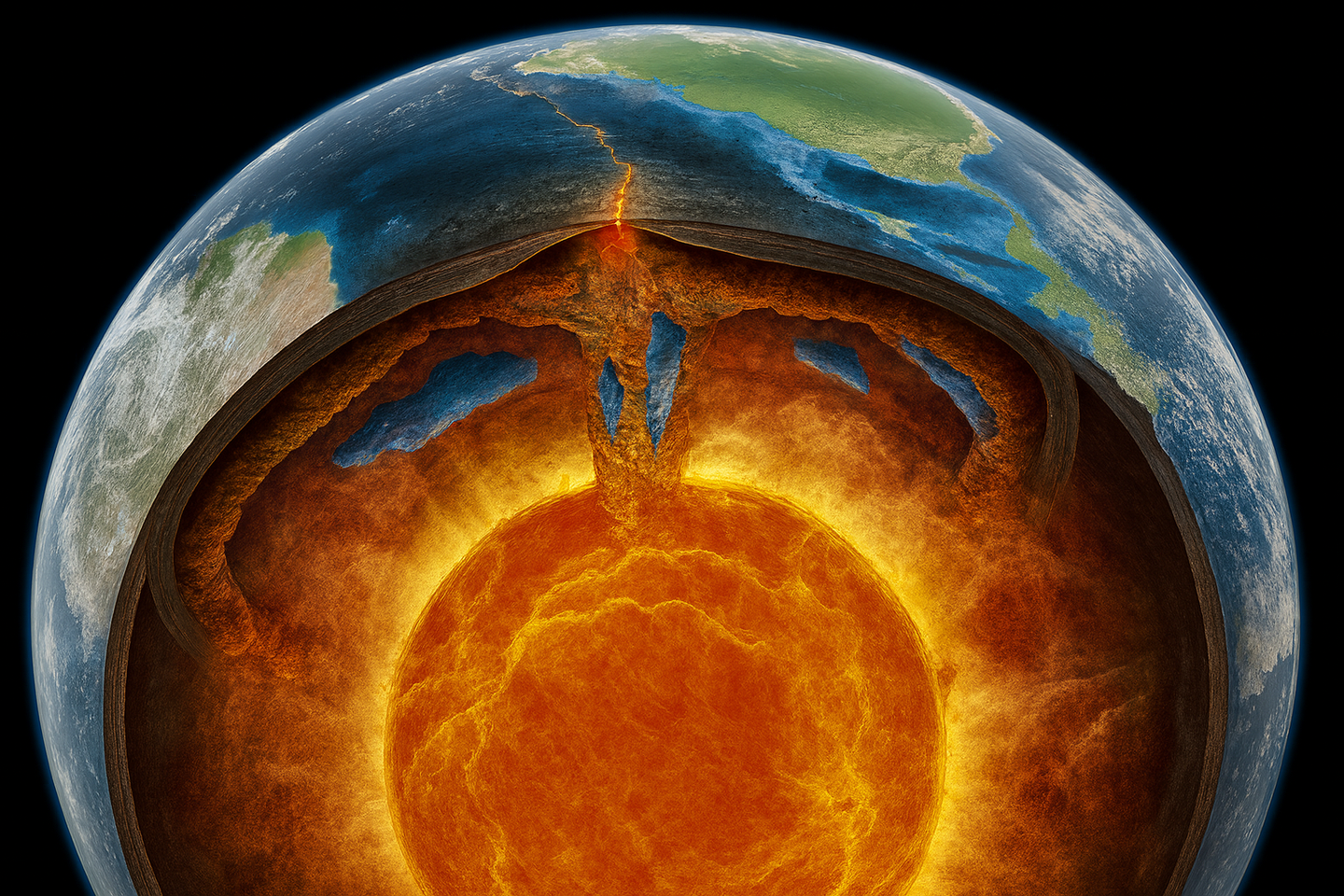Sound waves unlock hidden secrets inside stars
A new study uses sound waves from stars to uncover their age and structure, unlocking secrets of our galaxy and even the Sun’s future.

New research shows how stellar sound waves reveal star age and mass, helping scientists understand the galaxy’s history. (CREDIT: Sloan Digital Sky Survey)
A stellar concert is playing out in the night sky, and scientists are learning how to listen to it like never before. Deep inside stars, sound waves move through hot gas, creating vibrations. These vibrations are like musical notes and help scientists understand what’s going on inside a star—even when they can’t see it directly.
A team of researchers from the University of New South Wales studied 27 stars in a group known as the M67 cluster. Their findings, published in Nature, reveal new insights into how stars change as they grow older. These stars help paint a clearer picture of the Sun's past and what its future might look like.
Listening to the Lives of Stars
Stars don’t just shine—they also sing. They produce acoustic oscillations, or sound waves, that ripple through their interiors. These waves cause tiny changes in the star’s brightness, which researchers can measure.
Larger frequency differences between sound waves, called "large separations," tell scientists how dense a star is. Smaller differences, called "small separations," reveal details about the star’s core, such as how quickly sound travels through it. That speed depends on temperature and pressure deep inside.
For stars like the Sun, these small separations can even show how old they are. But as stars move into later life stages—becoming red giants, for example—small separations were thought to lose their usefulness. Scientists believed they started acting like large separations and stopped revealing what’s happening inside.
This new research challenges that idea. It shows that small separations still carry powerful clues. They can reveal how a star’s convective envelope—the layer where hot gas churns like boiling water—changes as the star ages. That layer dives deeper into the star during the red giant stage, and these changes show up in the sound waves.
Dr. Claudia Reyes, who led the study as part of her PhD work, says these sound signals can now help map out star evolution more accurately. “When we study stars in a cluster, we can see their whole sequence of individual evolution,” she explains.
Related Stories
A Unique Group of Stars
The M67 cluster is about 2,700 light-years away and includes stars that formed from the same cloud of gas around four billion years ago. These stars are all the same age and have similar chemistry, but their masses vary slightly. That variation changes how quickly they grow and evolve.
Because of these traits, M67 is a perfect natural lab for studying stellar evolution. Some of its stars are still in the early subgiant phase, while others have become red giants, the most evolved stage before a star begins to die.
“This is the first time we have really studied such a long range of evolutionary sequences, like we have in this cluster,” says Professor Dennis Stello, a coauthor of the study.
Verifying the age of a star has always been hard. A star’s surface doesn’t reveal how old it is. Its insides hold the truth. “It is what happens inside that shows how old it is,” says Prof. Stello. Studying a group of stars like this, all born at the same time, removes many unknowns. It lets scientists focus on how mass and internal processes shape a star’s life.
Measuring the Symphony of Space
Stars might not have air around them to carry sound, but they still ring like bells. These vibrations move through the star’s gas and make the star’s surface slightly brighter or dimmer in a steady pattern. Space telescopes can detect those tiny changes in brightness. Prof. Stello compares it to music. “You can ‘hear’ a star based on how it rings,” he says. “We can see the vibration – or the effect of the vibration – of the sound just like you can see the vibration of a violin string.”
Bigger stars vibrate more slowly and deeply. They make lower-pitched sounds. Smaller stars vibrate faster and make higher-pitched sounds. But each star doesn’t play just one note—it plays many at once. It’s like a symphony from a single instrument.
To measure this stellar music, the team used data from NASA’s Kepler K2 mission. Kepler observed the sky for changes in starlight, perfect for picking up these faint stellar sounds.
This marks the first time researchers studied these kinds of frequencies across so many stars in the same cluster. By comparing large and small frequency separations, they saw how the stars’ interiors changed as they aged. “We discovered something new with this signature in the frequencies,” says Dr. Reyes.
Tracing the Galaxy’s History
Understanding how stars evolve helps us understand the history of the Milky Way. Every star adds a piece to the story. To write that story accurately, scientists must know each star’s age and mass. Until now, they had no reliable way to do that for stars past a certain age. This study changes that.
Using both large and small separations in frequency, scientists can now more accurately estimate the mass and age of stars long after their main-sequence phase—the part of their lives when they burn hydrogen steadily. That also has big implications for planet research. The age and size of a star play a big role in whether any planets around it could support life.
Prof. Stello points out that this study helps refine models of how stars change. “This study has enabled us to probe the fundamental physics that happens inside stars, deep into their interiors,” he says.
Better models make better predictions. And that includes predictions about our own Sun. As it grows older, it will eventually become a red giant, just like the stars in M67. “The Sun was born in a cluster similar to the one we studied,” Dr. Reyes says. By understanding these stars, we understand our own future better.
What Comes Next?
This breakthrough gives scientists a new tool to explore star life cycles. But the work isn’t over. Dr. Reyes says the next step is to look back at all the data collected from past star surveys.
“We already have data from many years of studying the Milky Way and its stars,” she says. “The next step is to go back and look at that data. To look for these particular frequencies that nobody thought to look for before.”
In short, the stars have always been singing. Now, scientists know how to listen better—and the music is changing what we know about the universe.
Note: The article above provided above by The Brighter Side of News.
Like these kind of feel good stories? Get The Brighter Side of News' newsletter.



